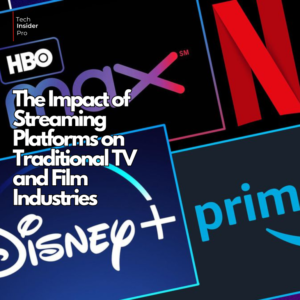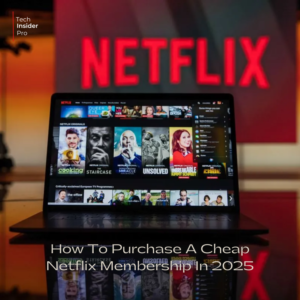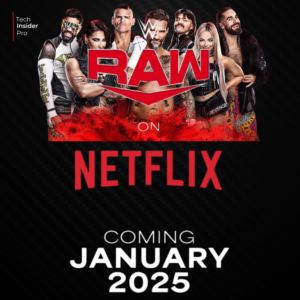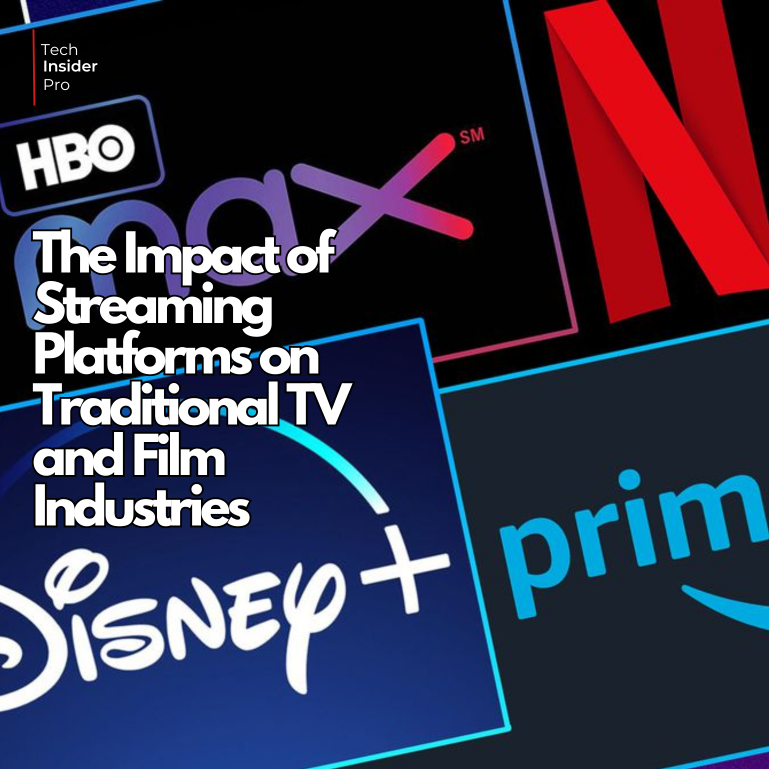
The introduction of streaming services has caused a dramatic change in the entertainment industry, upending the long-established standards and practices of the film and television industries. Examining how streaming services such as Disney+, Amazon Prime Video, and Netflix have altered consumer habits, business strategies, and technology, this article delves into the many ways in which these companies have affected more conventional forms of media.
Part 1: Impact on Traditional Television
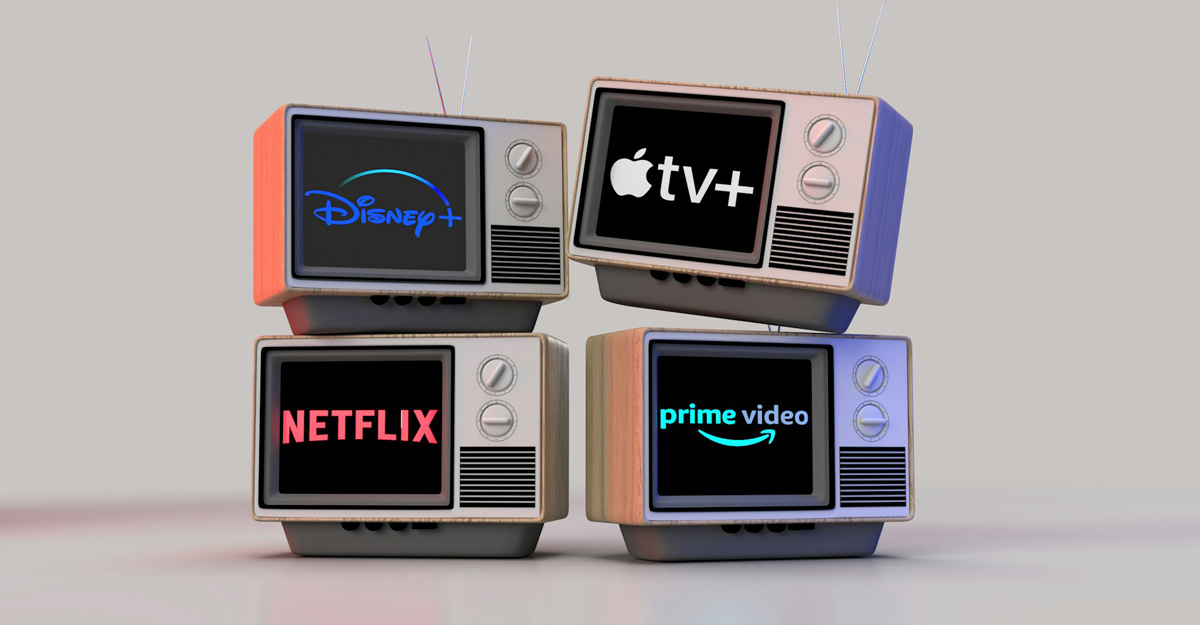
The Decline of Cable TV
Subscriptions to cable TV have dropped dramatically as a result of streaming platforms’ on-demand entertainment with less advertisements. Customers love streaming because it gives them the freedom to view their shows whenever they want, rather than having to wait for them to air at a certain time.
Advertising Shifts
Streaming ads have replaced traditional TV commercials, therefore advertisers have to reevaluate their strategy. The rise of ad-free or low-ad subscription models on streaming platforms has allowed for more personalized and less invasive advertising.
Case Study: Network Television’s Transformation
To offer its programming straight to viewers online, conventional networks like CBS and NBC are either building their own streaming services or forming partnerships with existing platforms. This allows them to bypass traditional broadcast structures.
Part 2: Impact on the Film Industry
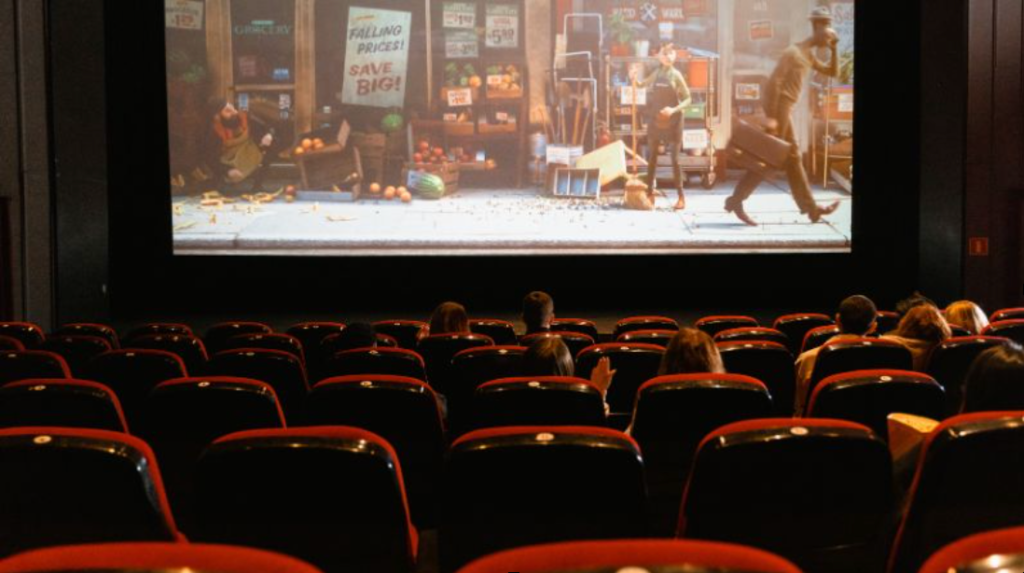
Disruption at the Box Office
Movies are now available on streaming platforms at the same time as or soon after they open in theaters, which has changed the way box offices make money. Faster film distribution around the world has the potential to increase viewing but reduce box office earnings.
Changes in Film Production
Streaming services have also changed the kinds of movies made, encouraging more experimental and niche fare that might not do well in theaters.
The Rise of Direct-to-Streaming Films
Since the COVID-19 outbreak forced the closure of numerous theaters throughout the world, direct-to-streaming releases have been increasingly prevalent.
Part 3: Technological Advancements

Innovations Driven by Streaming
Streaming platforms have utilized technology to improve user experience and speed content delivery. This includes features like high-definition streaming and algorithms that predict viewer preferences.
Data Analytics in Content Distribution
In order to better tailor content suggestions and advertising campaigns to individual users, streaming services employ advanced data analytics to learn about their viewing patterns and interests.
Part 4: Economic Implications
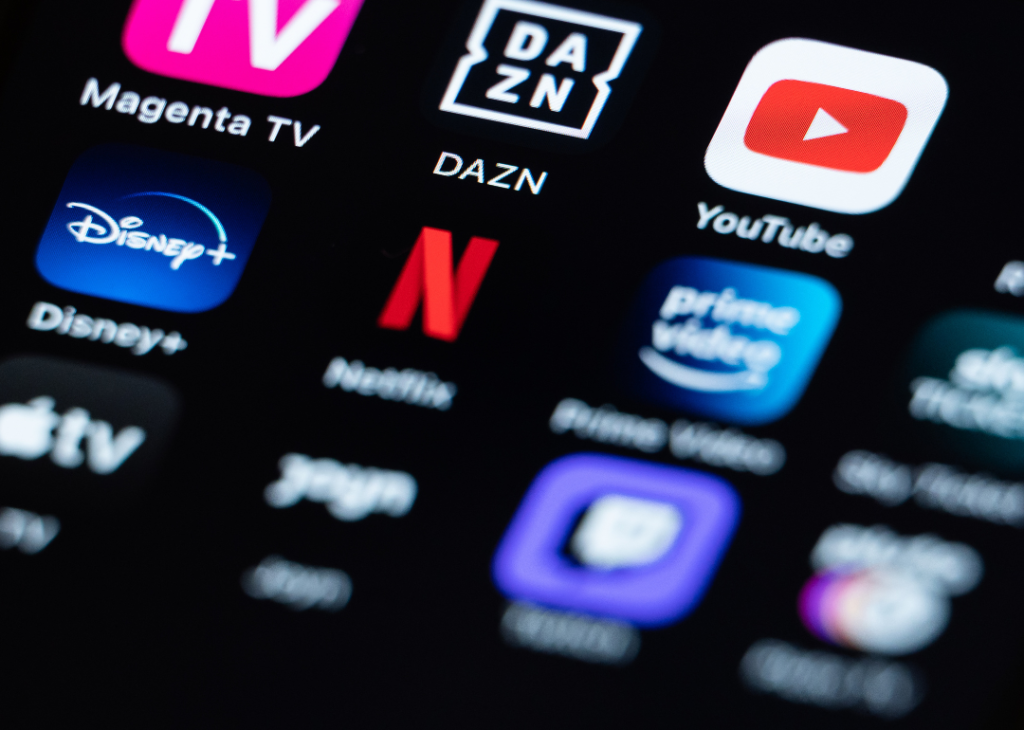
Economic Impact on Studios
Smaller studios may not have the same resources as larger ones, such as box office income or extensive distribution networks, and may struggle to adapt without streaming capability.
New Revenue Models
Subscription models and premium rentals on streaming platforms have changed the way the entertainment business generates and shares income.
Part 5: Consumer Behavior and Preferences
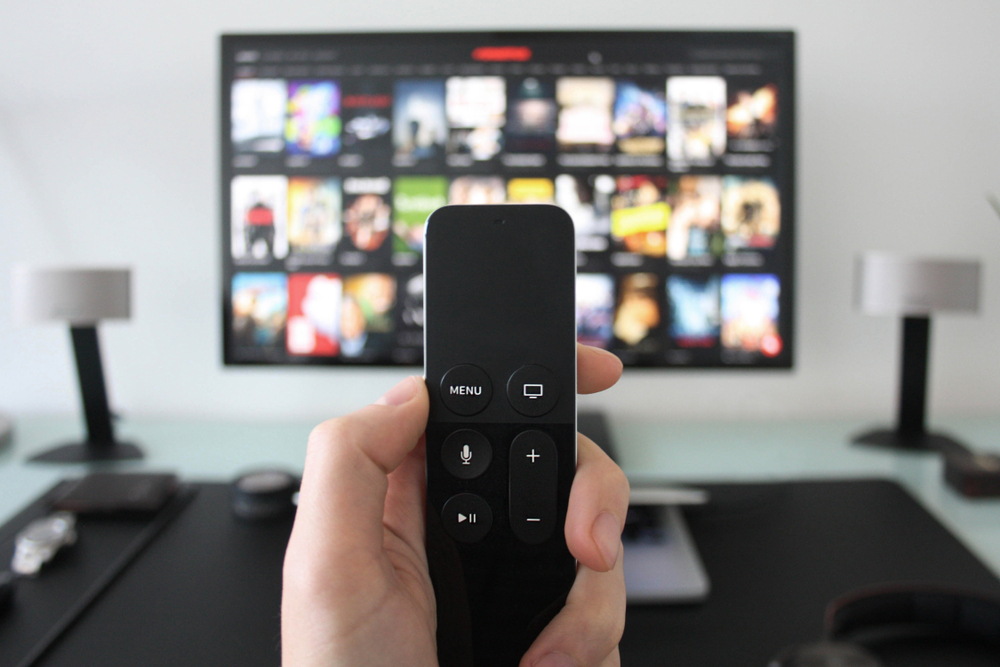
Changing Viewer Habits
Modern media consumption is characterized by the rise of binge-watching and the demand for instantaneous access to complete television seasons.
Consumer Preferences
Streaming services are in a prime position to meet the growing demand for varied content because of the lowered barriers to entry for both creators and viewers.
Impact on Popular Streaming Platforms
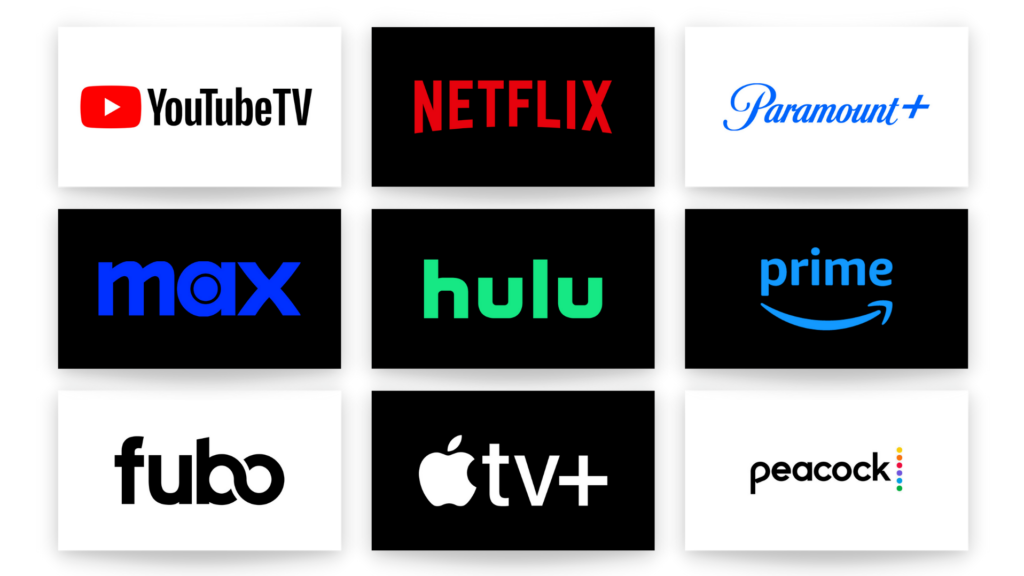
Netflix: Pioneering Streaming Trends
Unquestionably, Netflix has pioneered a model that places an emphasis on the production and consumption of original content, setting the pace for the streaming industry. Netflix has grown its subscriber base and content collection thanks to its heavy investment in original programming. This method has shaken up traditional television by providing fresh content all the time, unlike the seasonal approach of traditional networks.
Expanding Global Media Reach
Netflix is making original material in many languages to target international markets as part of its drive to broaden its content portfolio. Thanks to this strategy, Netflix has been able to break into regions where English is not the native language by providing localized content that caters to local tastes and traditions. Netflix has become a powerful player in the worldwide entertainment industry thanks to its localization efforts, which have changed the way people across the world consume media.
Amazon Prime Video: Integrating E-commerce and Entertainment
Streaming video services and online shopping have come together in a novel way with Amazon Prime Video. Through the integration of various channels, Amazon has achieved a synergy that improves the streaming experience by utilizing its extensive e-commerce infrastructure. Free shipping, exclusive shopping bargains, and a plethora of other perks enhance the value proposition for subscribers, who already have access to a large library of movies and TV episodes.
Enhancing Viewer Engagement
Amazon has taken a bold step forward by introducing features that lets users engage with the material they watch. One such feature is “X-Ray,” which lets viewers know what’s happening in scenes with real-time information on actors, music, and facts. Amazon has also experimented with technologies that let users buy things featured in shows without ever leaving the platform, bringing together the buying and watching of media.
Disney+: Revitalizing Classic Content
To differentiate itself in a competitive industry, Disney+ has drawn on its extensive library of popular characters and storylines. Disney+ has been able to effectively draw a varied audience by presenting updated classics with brand-new entries in blockbuster series like Star Wars and Marvel.
Strategy for Family Entertainment
An integral aspect of the Disney+ brand is its emphasis on content that is suitable for families. In addition to fitting in with Disney’s legacy, this approach satisfies a need in the streaming industry. For families looking for material to enjoy together, Disney+ has become the go-to platform thanks to its safe and family-oriented watching experience.
HBO Max and Peacock: Traditional Networks’ Response
The traditional networks’ responses to the proliferation of streaming services are exemplified by HBO Max and Peacock. HBO Max utilizes HBO’s stellar reputation for original content while simultaneously providing access to the network’s vast library of shows, including fan favorites like “Game of Thrones” and “The Sopranos.” To appeal to both classic TV fans and newer streaming viewers, Peacock has taken advantage of NBCUniversal’s extensive library and rights to air big athletic events and new episodes of popular NBC programs.
Conclusion: Future Outlook and Adaptation Strategies
The streaming revolution is far from over; on the contrary, it is forcing more established forms of media to change or join forces. Combining old and new media might be the way of the future if both can learn from each other and adapt to meet the changing tastes of consumers.

